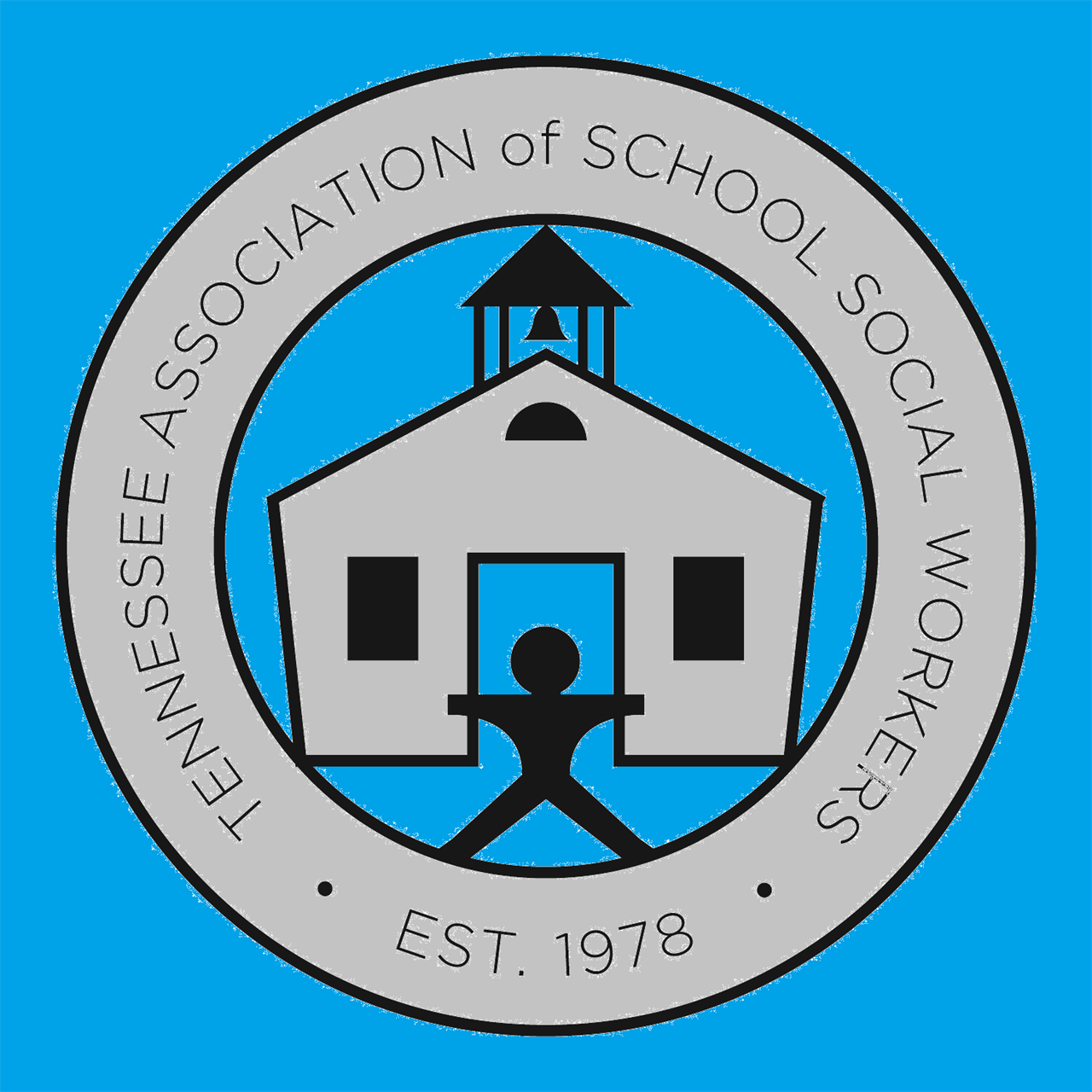|
School Mental Health Programs at Risk
The US Department of Education (DOE) is considering eliminating essential programs that support mental health services in our nation's schools. Your voice is needed to protect these critical resources.
Please click HERE for a more in-depth description and a way to help contact your legislators.
Protect DEI and other Federally Funded Programs
Many of the current Executive Orders passed and those on the table directly affect the families and communities we serve. Please stand with NASW as we encourage Congress to utilize their appropriate authority and constitutional responsibility to ensure impactful programs remain funded.
Please click HERE to learn more and contact your legislators.
